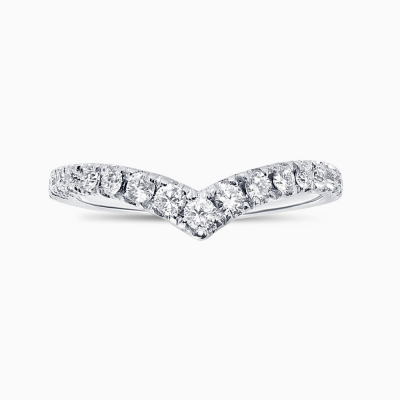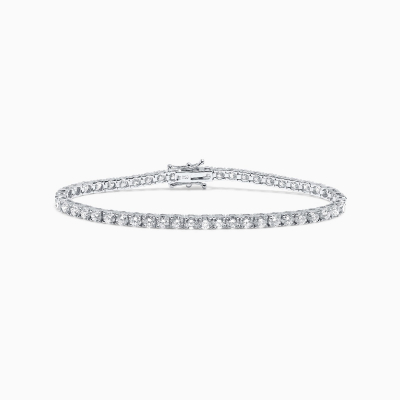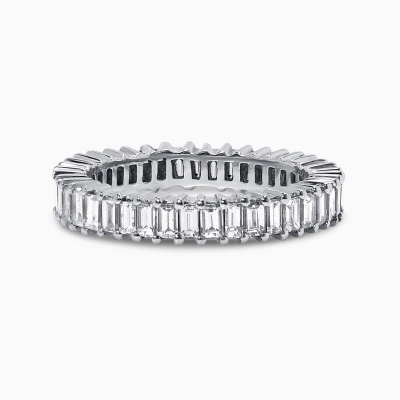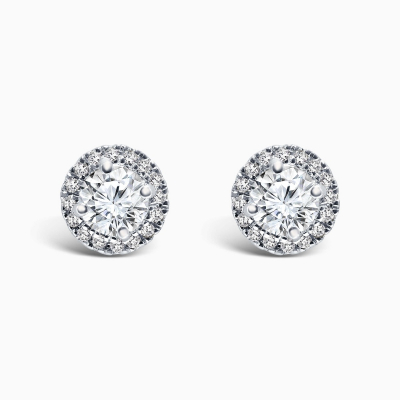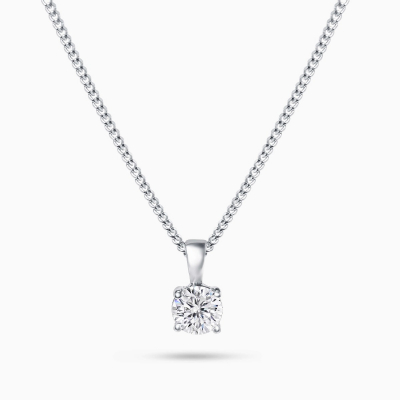GBP
/
GBP
/
Shipping to:
Currency:
DIAMOND CERTIFICATES
Ensuring the certification of a diamond is a crucial step in the diamond-buying process, and it is strongly recommended to always opt for a certified diamond. The significance of an official certificate cannot be overstated, as it provides a comprehensive and professional evaluation of the diamond's attributes. An exception to this rule may apply when acquiring jewelry adorned with small diamonds, particularly if the center stone is less than 0.30 carats.
Among the various diamond certification bodies, the Gemological Institute of America (GIA) stands out as one of the most widely recognized. Regardless of the certifying organization, the evaluation process is conducted by an unbiased specialist, ensuring that the diamond's characteristics are authenticated. This meticulous evaluation encompasses precise measurements of the diamond, along with assessments of clarity, color, and weight. In the case of Round Brilliant diamonds, the cut is also graded.
A noteworthy development in the realm of certified diamonds is the introduction of laser inscriptions. This innovative approach serves as a protective measure for consumers, offering assurance of the diamond's authenticity and certification. Typically found on the girdle of the diamond, the inscription can be easily verified using a magnification loop.
Delving into the realm of clarity, it is worth noting that the GIA sets stringent standards compared to other gemmological laboratories. An interesting addition to the clarity grades is introduced by the HRD, known as 'Loupe Clean,' denoting stones with invisible impurities.
Turning attention to color grading, the GIA maintains its reputation as the strictest authority, with IGI and HRD closely aligning with its standards. An interesting deviation is observed with the EGL, which often ranks colour two grades higher than other laboratories.
In essence, the certification process not only provides consumers with a clear understanding of the diamond's quality but also serves as a safeguard against potential fraud or misrepresentation in the market. Therefore, when embarking on the journey of acquiring a diamond, prioritizing certified stones ensures a more informed and secure investment.







